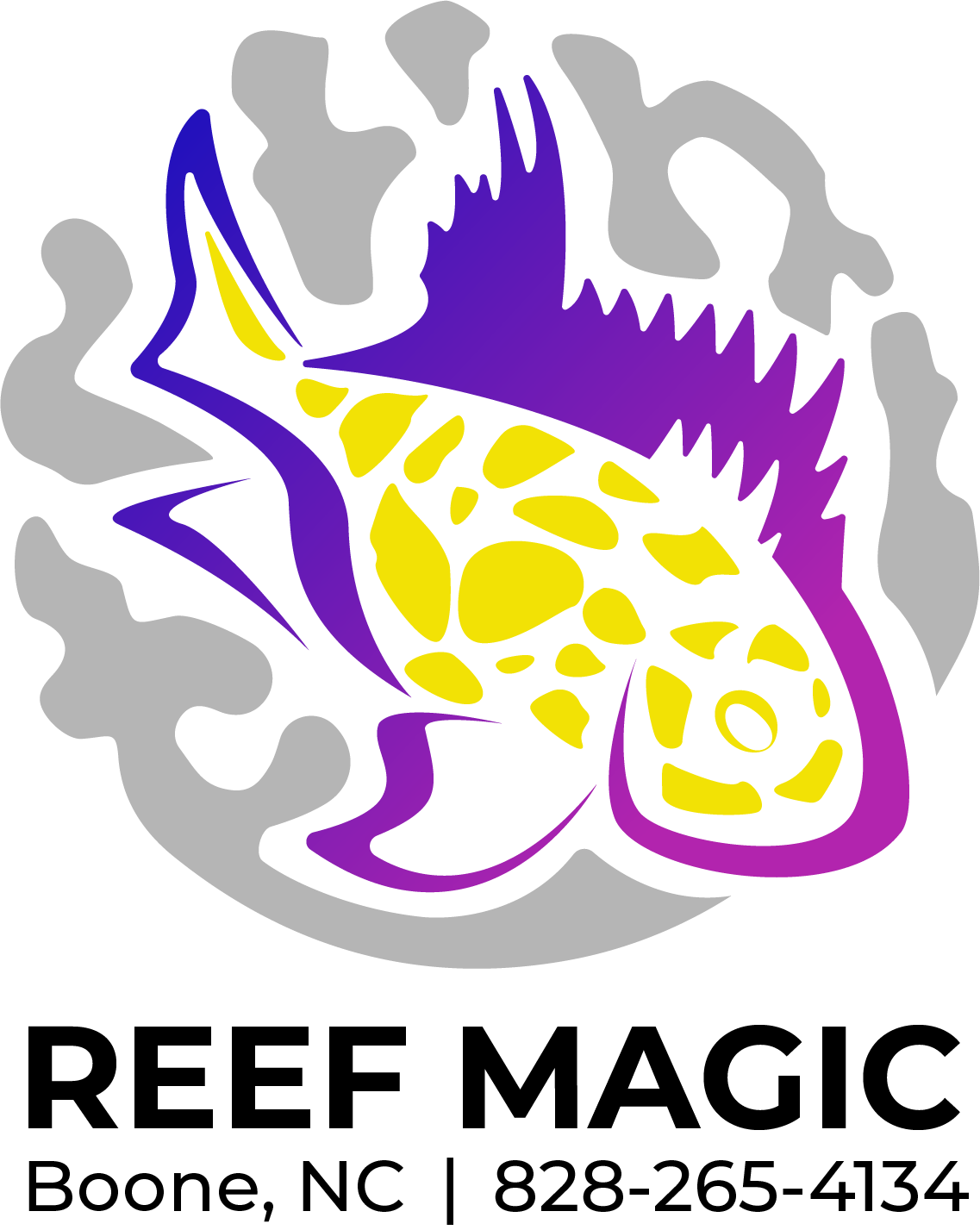 Image 1 of 1
Image 1 of 1


Catfish - Farlowella
The Farlowella Catfish, also known as the Twig Catfish or Whiptail Catfish, is a unique and fascinating freshwater fish known for its long, slender body and twig-like appearance. Here are the requirements for keeping a Farlowella Catfish:
Aquarium size: Farlowella Catfish are relatively small in size but require a tank with ample swimming space. A tank with a capacity of at least 20 gallons (75 liters) is recommended to accommodate a small group of Farlowella Catfish.
Water parameters: Farlowella Catfish prefer slightly acidic to neutral water conditions. The ideal temperature range is around 72-80°F (22-27°C), pH between 6.5-7.5, and hardness between 2-12 dGH. Maintaining stable water conditions is important for their well-being.
Tank setup: Provide a well-decorated tank with plenty of hiding spots and vertical elements. Farlowella Catfish have a unique body shape and prefer vertical surfaces like driftwood, rocks, or tall plants to cling onto. A sandy or fine gravel substrate is recommended to mimic their natural environment.
Filtration and water flow: Use a moderate to strong filtration system to maintain good water quality. Farlowella Catfish are sensitive to poor water conditions, so efficient mechanical, chemical, and biological filtration is essential. Ensure adequate water flow without creating strong currents.
Lighting: Provide moderate to low lighting conditions. Farlowella Catfish prefer subdued lighting, as excessive brightness can cause stress. Use a lighting system that mimics natural day and night cycles, with a photoperiod of around 8-10 hours of light per day.
Diet: Farlowella Catfish are herbivorous and have a specialized diet. Their primary food source is algae, particularly soft algae that grows on surfaces. Supplement their diet with algae wafers or pellets specifically formulated for herbivorous fish. Occasionally, they may accept blanched vegetables like zucchini or spinach.
Tank mates: Farlowella Catfish are peaceful and can be kept with other non-aggressive fish species that inhabit different regions of the tank. Avoid keeping them with aggressive or fin-nipping fish, as their long, delicate fins may be targets. Compatible tank mates include peaceful community fish like tetras, rasboras, and dwarf cichlids.
The Farlowella Catfish, also known as the Twig Catfish or Whiptail Catfish, is a unique and fascinating freshwater fish known for its long, slender body and twig-like appearance. Here are the requirements for keeping a Farlowella Catfish:
Aquarium size: Farlowella Catfish are relatively small in size but require a tank with ample swimming space. A tank with a capacity of at least 20 gallons (75 liters) is recommended to accommodate a small group of Farlowella Catfish.
Water parameters: Farlowella Catfish prefer slightly acidic to neutral water conditions. The ideal temperature range is around 72-80°F (22-27°C), pH between 6.5-7.5, and hardness between 2-12 dGH. Maintaining stable water conditions is important for their well-being.
Tank setup: Provide a well-decorated tank with plenty of hiding spots and vertical elements. Farlowella Catfish have a unique body shape and prefer vertical surfaces like driftwood, rocks, or tall plants to cling onto. A sandy or fine gravel substrate is recommended to mimic their natural environment.
Filtration and water flow: Use a moderate to strong filtration system to maintain good water quality. Farlowella Catfish are sensitive to poor water conditions, so efficient mechanical, chemical, and biological filtration is essential. Ensure adequate water flow without creating strong currents.
Lighting: Provide moderate to low lighting conditions. Farlowella Catfish prefer subdued lighting, as excessive brightness can cause stress. Use a lighting system that mimics natural day and night cycles, with a photoperiod of around 8-10 hours of light per day.
Diet: Farlowella Catfish are herbivorous and have a specialized diet. Their primary food source is algae, particularly soft algae that grows on surfaces. Supplement their diet with algae wafers or pellets specifically formulated for herbivorous fish. Occasionally, they may accept blanched vegetables like zucchini or spinach.
Tank mates: Farlowella Catfish are peaceful and can be kept with other non-aggressive fish species that inhabit different regions of the tank. Avoid keeping them with aggressive or fin-nipping fish, as their long, delicate fins may be targets. Compatible tank mates include peaceful community fish like tetras, rasboras, and dwarf cichlids.






